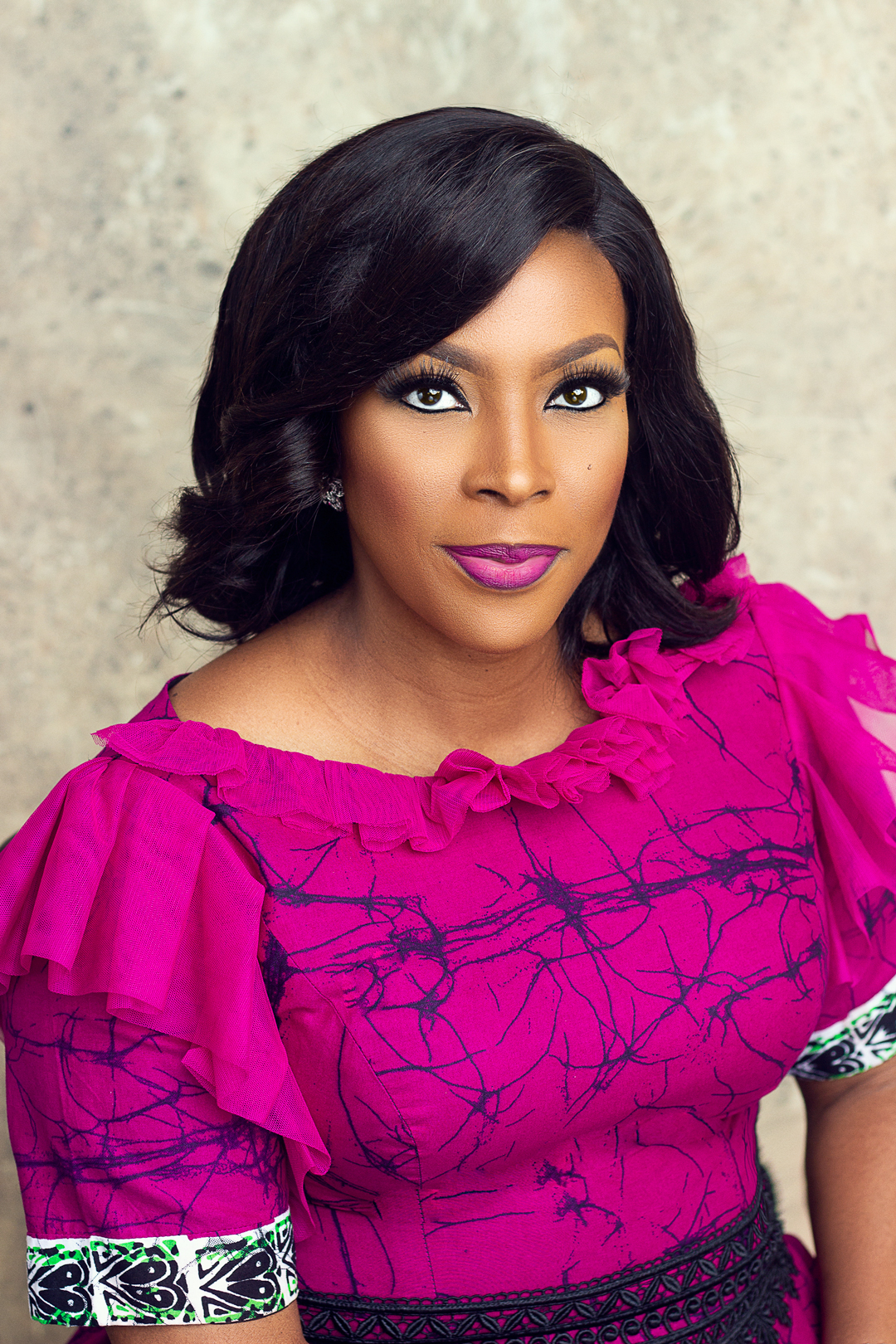Career
Juliet Ehimuan: Here’s How to Bring Your Vision to Life
Clearly defining where you want to go helps you merge your energy and resources in the right direction.
**
Set aside some time each day to focus on your vision and your goals – to bring your vision to the forefront. Even ten minutes can be enough to create the energy needed to refocus your efforts, sharpen your vision, and propel you to continue to move towards its actualization.
 Vision, purpose, and goals are very closely linked, but they are also very different. While purpose explains what you are about in life or what you’re committed to, vision is a picture of the life you are creating. Goals are the steps you take to help you actualise your vision.
Vision, purpose, and goals are very closely linked, but they are also very different. While purpose explains what you are about in life or what you’re committed to, vision is a picture of the life you are creating. Goals are the steps you take to help you actualise your vision.
Your vision is a clear image of how you see your future and the person you want to become. This picture must be aligned with your deepest values and priorities and cannot be based on societal expectations or comparisons if you truly plan to succeed.
You are created differently from every other person on the planet and your vision will, therefore, be unique. However, without this vision in place, the daily toils of life can be distracting, making you lose sight of what is important and blurring your clarity about the destination in mind.
A clear vision, in every aspect of your life, is important. Life exists in multiple domains – work, family, finances, relationships, physical, spiritual, emotional, and social well-being. Take time to reflect and express the life you want to have in each area. This is a very personal process. It is not about what other people expect of you or what you see others doing, but what you are drawn to, what has been planted in you to impact, what you are energised by.
Clearly defining where you want to go helps you merge your energy and resources in the right direction.
According to Lewis Carroll, “if you don’t know where you want to go, then it doesn’t matter which path you take”. A vision inspires you to focus on what matters. It provides clarity for the future while directing us to place our attention in the present. A vision is that clear picture of where you want to go.
Dare to Dream
If you haven’t already done so, this is a good time to ask yourself the following questions: Is my life going in the direction I want? What is my vision for my life? When doing this, be inspired, be bold, and audacious. Give yourself permission to come up with answers that are not bound by your perceived limitations. The sky is not the limit, your vision is. Don’t limit your vision to what you think is doable, dare to dream.
It is not sufficient to have your vision in your head. Write it down and visualise it. If you’ve never written your vision, consider doing so. It needs to go out from your head into the world. Write it in the present tense and in a positive language.
A good way to visualise your vision is to create a pictorial representation on a vision board. A vision board is a canvas – which can be physical or digital – where you put up images that reflect different aspects of your vision. You should be able to look at your vision board and be inspired because the pictures resonate with you and help you create that picture in your mind. You can see yourself in those pictures. Make your vision so clear that your fears become irrelevant.
So, Why Do People Hesitant to Create Their Vision Statements?
The first is tied to societal conformity. We may think it would be too bold or that people would think we are proud for having lofty goals or being unapologetic about what we want and how we see ourselves. Modesty is considered a virtue and having audacious goals might be viewed as immodest. Your vision is a personal thing. Give yourself license to think big and to dream large.
The second reason is that we are afraid. Afraid that we cannot make it. That we do not have the right skills, background, upbringing, or connections to amount to the person in our vision. By putting the vision to paper and moving it from our thoughts to physical form, we are taking the first steps to making it real and overcoming the fear of failure.
Thirdly, a vision is the first step to growth and growth is often uncomfortable. Picturing the kind of person we want to be will inevitably lead to picturing the effort it will take to get there. We know that losing thirty pounds or embarking on a high-income career is not an easy task and to speak the vision into existence means to come face to face with the discipline, hard work, and commitment required.
The final reason is that true, impact-filled visualisation is a skill that many of us have not honed. With practice, we can sharpen those skills.
From an organisational perspective, a mission statement is intended to clarify the what, who, and why of a company. It is essentially the purpose of the organization. On the other hand, a vision statement describes where the company aspires to be upon achieving its mission. A mission statement is a road map for the company’s vision statement.
Set aside some time each day to focus on your vision and your goals – to bring your vision to the forefront. Even ten minutes can be enough to create the energy needed to refocus your efforts, sharpen your vision, and propel you to continue to move towards its actualization.























